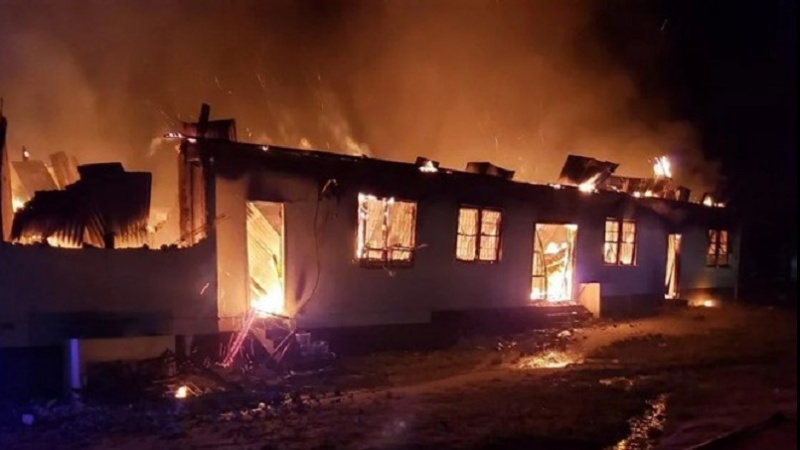The recent tragic fire at a school dormitory in Guyana that killed at least 20 students highlights the importance of fire safety in school housing facilities. School dormitories, where students sleep overnight in large numbers, need to have stringent fire safety standards and precautions in place to prevent such catastrophic events.
One key aspect is using fire-resistant furniture and materials, like metal frame bunk beds and metal cabinets. Regular beds, mattresses, bedding, and other textiles used in dormitories should be made of wool, latex, or other fire-resistant materials. Highly flammable materials like wood and polyurethane foams should be avoided. Metal furnishing offers little fuel for fires to spread.
Fire-rated doors, ceilings, and fire barriers should also be installed to prevent the spread of fire and smoke. Smoke detectors, sprinkler systems, fire alarms and clearly marked exit signs to guide evacuation should be mandatory. Regular fire drills should also be conducted.
Rules such as prohibiting candles, cigarettes, and other potential fire hazards are also fundamental. Staff training on fire safety protocols and maintaining clear emergency plans and exit routes can save lives in a crisis situation.
School dormitories have a moral and legal responsibility to provide high levels of fire safety. Tragic incidents like the Guyana dorm fire are unacceptable and preventable. By investing in proper fire-resistant materials and furnishings, like metal frame bunk beds and metal cabinets, along with fire systems, staff training, and a safety-first approach, school housing can provide a secure environment for students to live and learn.
Such tragic losses of young lives underscore how school fire safety should be a top priority. Better fire-resistant infrastructure, including metal furnishings, and training can go a long way toward avoiding another dormitory catastrophe. The Guyana fire should be a wake-up call for schools everywhere to strengthen their fire safety measures by using non-flammable materials and commit to continuous improvement. Hence, students have a safe place to sleep, grow and thrive.




Leave A Comment